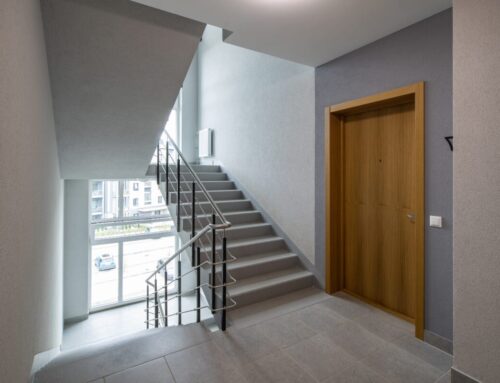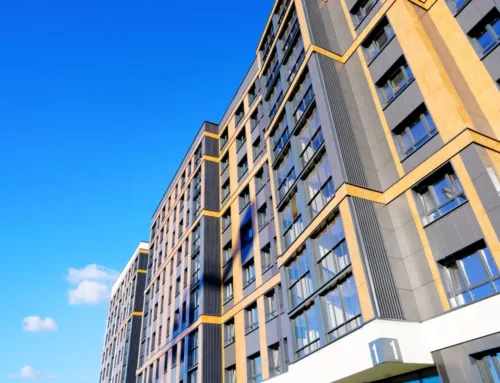Belinda Thorpe, Managing Director of Residentsline, discusses the process of a Section 20 consultation.
If any major or ‘qualifying’ works are required for a block of flats, the cost will normally be recoverable from the tenants. The lease will usually specify that this cost will be taken out of their annual service charge, although this is not always the case. It can sometimes be taken out of a reserve fund (otherwise known as a ‘sinking’ fund).
A reserve fund is normally collected at the same time as leaseholders’ annual service charge, and acts as money put away for a rainy day used to cover any unforeseen or necessary costs to the building. However, using money from a reserve fund for major works is entirely dependent on the cost of the work being done and the amount of money available for use in the fund.
Repairing major works can be expensive, even when the total fee is shared among all tenants. That’s why there are laws in place to ensure the works are as cost-efficient as possible. This is known as ‘Section 20’ and is part of the Landlord and Tenant Act of 1985.
Section 20 states that if the charge for major works exceeds £250 per tenant, it is necessary for the landlord to follow a consultation procedure. This is commonly referred to as an S20 consultation and is used to ensure that no leaseholder is prejudiced by the process. An S20 consultation is a rigorous procedure which takes place in the form of three notices: The Notice of Intention to Carry Out Works, the Notice of Estimates, and the Notice of Award of Contract.
1. Notice of Intention to Carry Out Works
This notice is the first part of the three-stage consultation procedure to which landlords must comply. This notice must describe what works are going to take place, as well as explaining why they are necessary. Landlords must also give tenants a 30-day window of opportunity to respond to the notice and, if they choose to do so, nominate a contractor for the building works.
2. Notice of Estimates
The second notification that must be sent is the Notice of Estimates – this entails another 30-day notice to be sent to the tenants detailing the estimates that the landlord has obtained. It is important to note that at least one of these estimates must be from a contractor who is entirely independent of the landlord. Also, at least one of these estimates must be obtained from nominations made by the tenants in the previous notice (if any).
Tenants can use this second 30-day notice to send any observations, in writing, to the landlord. The landlord should also provide a reasonable time and place in which the tenants can inspect the estimates obtained.
3. Notice of Award of Contract
The final stage of the Section 20 consultation procedure is the Notice of Award of Contract. This should be sent to the tenants within 21 days of entering into a contract and must summarise the tenants’ previous observations in regard to the Notice of Estimates. However, this notice does not need to be sent if either;
- the contract has been undertaken by a nominated contractor; or,
- the contract has been undertaken by the contractor with the cheapest estimate.
Why is it important for landlords to follow the procedure?
As well as being a legal requirement, following the S20 consultation procedure is necessary to ensure that each leaseholder has some say in the works being carried out. As a tenant, you want to be sure that your opinion counts and that you have some control over how your money is being spent. Being able to have a say in how your property will be repaired or improved is essential to maintaining a harmonious and productive relationship between landlord and tenant, and also ensures that leaseholders won’t be overcharged – especially when major works are already so expensive.




Leave A Comment